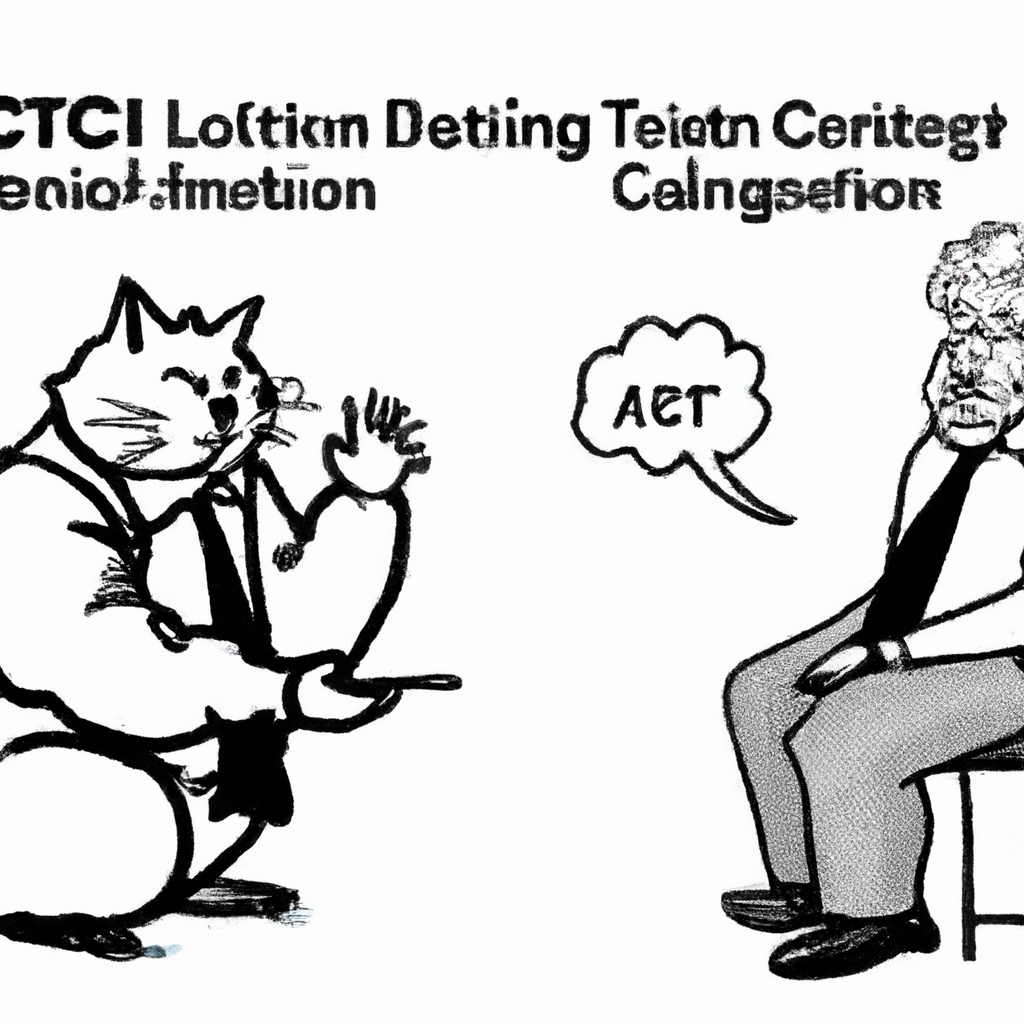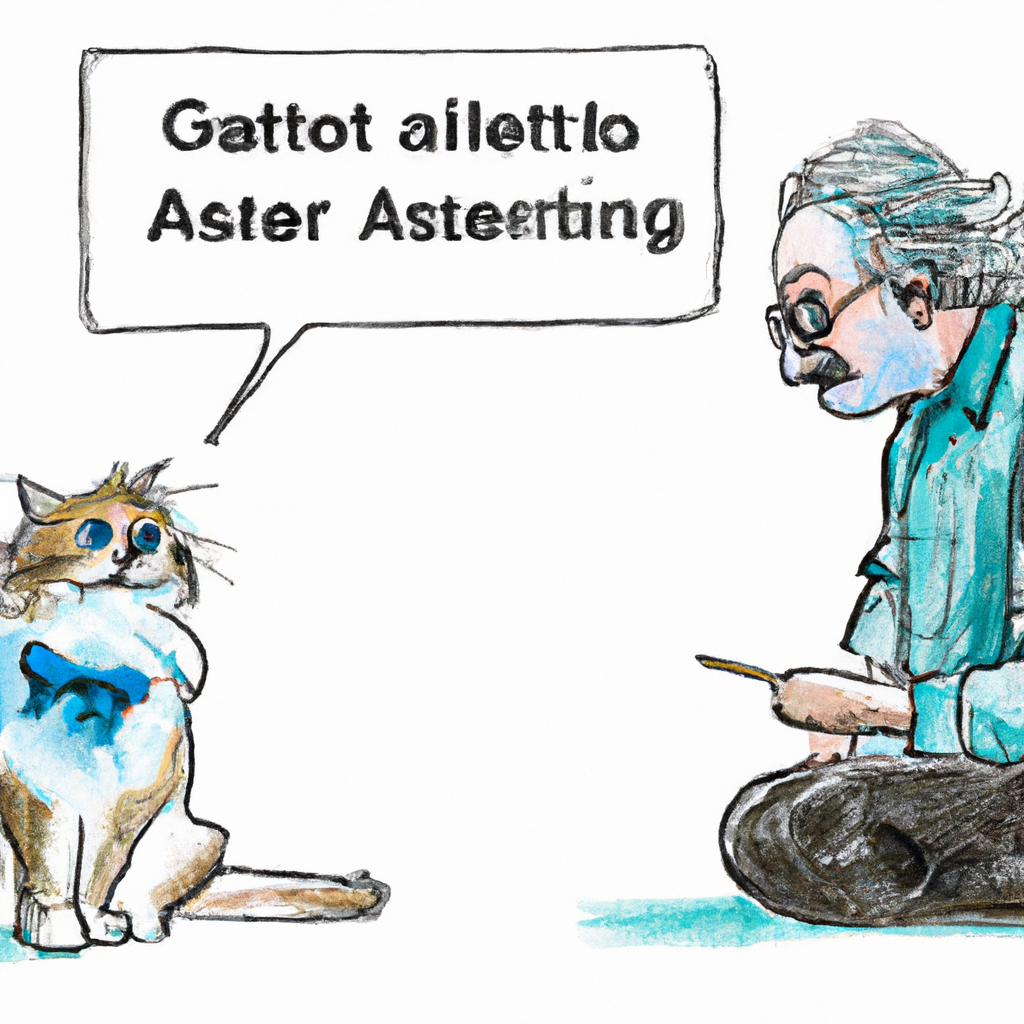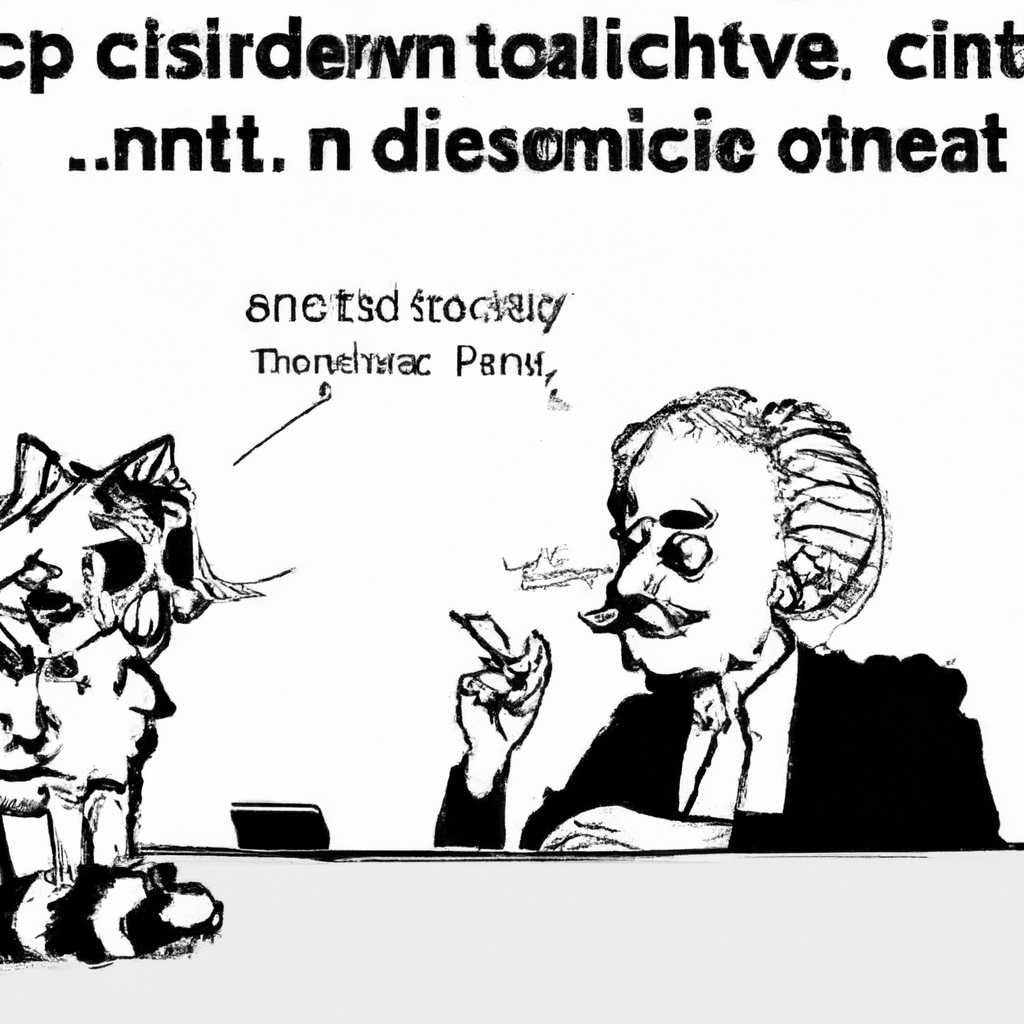
In today’s digital era, chatbots are an essential part of any marketing strategy. By providing valuable and engaging conversation, chatbots can improve customer engagement, generate leads, and ultimately increase sales. One such chatbot that has gained immense popularity in recent times is GPT-3.
GPT-3 is a state-of-the-art language model developed by OpenAI, which can be used to build advanced chatbots capable of holding natural and interactive conversations with users. The following are some random tips on how to better use GPT-3 for marketing purposes.
1. Choose the Right Business Use Case
The first step to using GPT-3 for marketing is to identify the right business use case. You need to determine the target audience, the type of conversations that you want to have with them, and the outcomes you want to achieve. For instance, you could use GPT-3 to provide personalized product recommendations, answer customer queries, or even automate your customer support process.
2. Train Your Chatbot with Relevant Data
To make your chatbot smarter and more effective, you need to train it with relevant data. GPT-3 can learn from large datasets and conversations, so it’s essential to provide it with a large amount of high-quality data to improve its performance. You can train your chatbot with customer support scripts, marketing content, or even user-generated content like reviews and feedback.
3. Invest in Natural Language Processing (NLP) Tools
To take full advantage of GPT-3’s capabilities, it’s important to invest in natural language processing (NLP) tools. These tools can help you understand and analyze the conversations that your bot is having with users, enabling you to improve its accuracy and effectiveness. Some popular NLP tools include Dialogflow, IBM Watson, and Wit.ai.
4. Use GPT-3 to Personalize Your Marketing Messages
GPT-3 can be used to personalize your marketing messages in real-time. By analyzing user data and conversations, your chatbot can identify user preferences, behaviors, and needs and tailor its responses accordingly. For instance, if a user is looking for a specific product, your chatbot can provide customized product recommendations based on their search history and preferences.
5. Incorporate GPT-3 into Your Lead Generation Strategy
GPT-3 can also be used to generate leads for your business. You can design your chatbot to ask qualifying questions, gather user information, and even schedule appointments or demos. By using GPT-3 to automate the lead generation process, you can save time and resources and focus on more critical business tasks.
In conclusion, GPT-3 is a powerful tool that can help you improve your marketing strategy by providing personalized and engaging conversations with your customers. By choosing the right use case, training your chatbot with relevant data, investing in NLP tools, personalizing your marketing messages, and incorporating GPT-3 into your lead generation strategy, you can take your marketing efforts to the next level.
about a scientific research article and how it is presented.
Title: “Effects of Exercise on Cognitive Function in Older Adults”
Abstract: This study aimed to investigate the effects of exercise on cognitive function in older adults. Participants were randomly assigned to either an exercise group or a control group. The exercise group participated in a 12-week program of aerobic and resistance training, while the control group maintained their usual level of physical activity. Cognitive function was assessed using standardized tests before and after the intervention. Results showed significant improvements in cognitive function in the exercise group compared to the control group. These findings suggest that regular exercise can improve cognitive function in older adults.
Introduction: The introduction provides background information on the importance of cognitive function in aging and the potential benefits of exercise for maintaining or improving cognitive health.
Methods: This section describes the study design, participants, interventions, and outcome measures used in the study. It also outlines the statistical analyses used to assess the effects of exercise on cognitive function.
Results: The results section presents the findings of the study, including descriptive statistics and inferential analyses. It also includes tables or figures to illustrate the data.
Discussion: The discussion section interprets the results and relates them to previous research on exercise and cognitive function in older adults. It also addresses potential limitations of the study and suggests future directions for research.
Conclusion: The conclusion summarizes the main findings of the study and their implications for practice or policy.
References: The references provide a list of sources cited in the article, following a specific citation style (e.g., APA, MLA).






